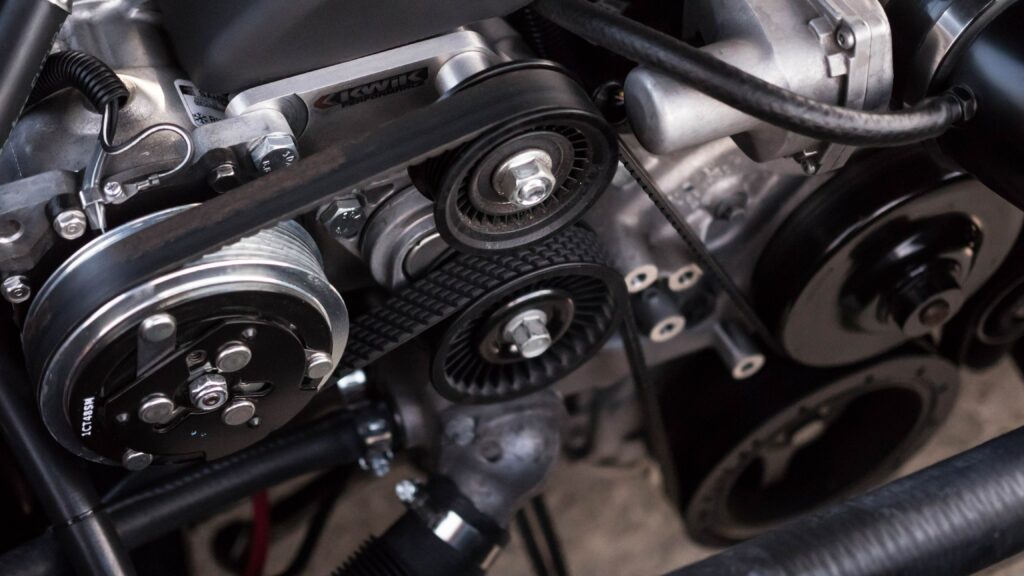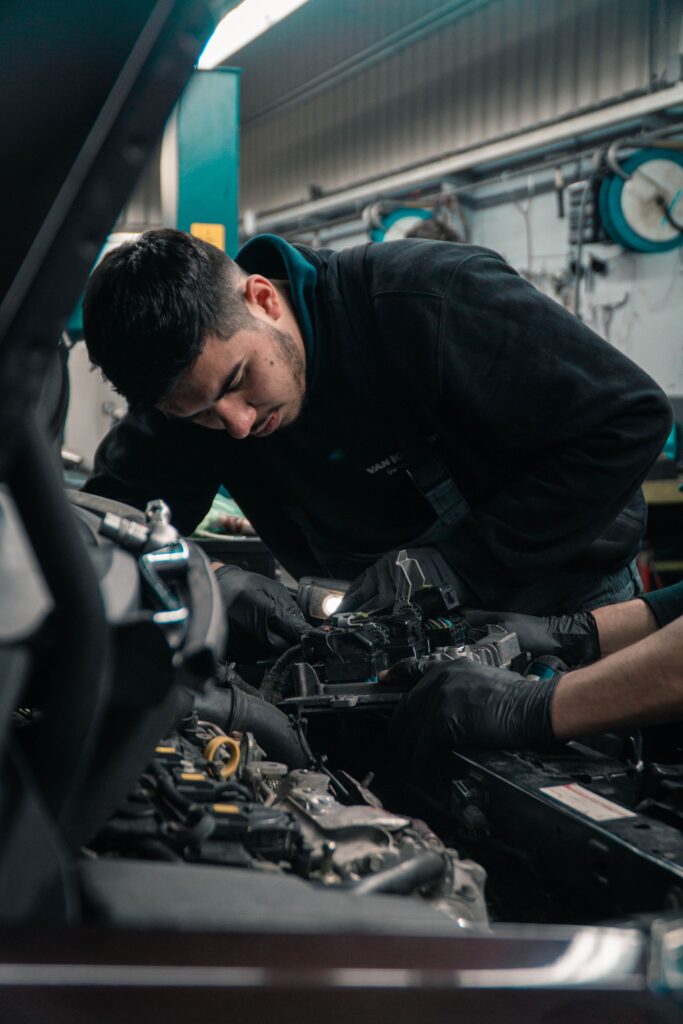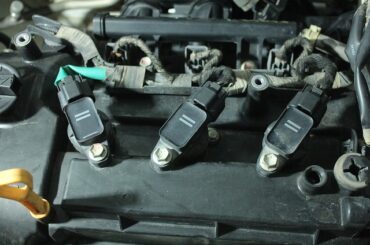In today’s automotive landscape, Continuously Variable Transmissions, commonly known as CVTs, have become prevalent in many modern vehicles. These innovative transmissions offer a unique approach to power delivery, promising smoother acceleration and improved fuel efficiency. However, amid the growing popularity of CVTs, a persistent cloud of controversy looms, questioning their reliability.
This article delves into the multifaceted world of CVT transmissions, exploring their functionality, technological advancements, and the factors influencing their reliability. We’ll dissect the common concerns and misconceptions surrounding CVTs while presenting real-world experiences from vehicle owners.
Question: Are CVT transmissions reliable?
Contents
Understanding CVT Transmissions
In the world of automotive engineering, Continuously Variable Transmissions (CVTs) represent a revolutionary departure from the traditional manual and automatic transmission systems. Unlike conventional transmissions with fixed gear ratios, CVTs employ a dynamic approach to power delivery, offering several distinctive characteristics.

1. What is a CVT?
A CVT, or Continuously Variable Transmission, is a transmission system that lacks traditional gears. Instead of distinct gear ratios, CVTs use a system of belts, pulleys, and cones to provide an infinitely variable range of gear ratios. This enables the engine to operate at an optimal level of efficiency under various driving conditions.
2. Key Components and Functionality:
CVTs consist of several key components:
– Pulleys: These are adjustable conical pulleys that change their effective diameter as they move closer or farther apart.
– Belt or Chain: A flexible belt or chain connects the input and output pulleys.
– Hydraulic System: The transmission uses a hydraulic system to control the pulley positions.
– Control Unit: An electronic control unit manages the hydraulic system based on driver input and vehicle speed.
The functionality of a CVT is rooted in its ability to continuously vary the transmission ratio to match the engine’s power output with the driving conditions. This dynamic adjustment ensures the engine operates within its most efficient power band, resulting in a smoother and more fuel-efficient driving experience.
3. Advantages of CVTs:
CVTs offer several advantages over traditional transmissions:
– Smoother Acceleration: CVTs provide seamless acceleration without the jerks and jolts associated with gear shifts in conventional transmissions.
– Improved Fuel Efficiency: By constantly optimizing the engine’s performance, CVTs can deliver better fuel economy, making them an attractive choice for those seeking to reduce their environmental footprint and fuel costs.
Factors Affecting CVT Reliability
While Continuously Variable Transmissions (CVTs) offer a unique approach to power delivery and fuel efficiency, their reliability is influenced by various factors that vehicle owners must consider. Here, we’ll delve into the key aspects that can affect the dependability of CVT transmissions.
1. Maintenance Matters:
Maintenance plays a pivotal role in ensuring the reliability of CVT transmissions. Regular and proper maintenance, in the form of fluid changes and inspections, is essential. CVTs are sensitive to the condition of their transmission fluid, and neglecting it can lead to premature wear and potential issues. Routine maintenance helps to keep the CVT running smoothly and can extend its lifespan.
2. Impact of Driving Habits and Conditions:
Your driving habits and the conditions in which you operate your vehicle can significantly impact the lifespan of a CVT transmission. Here’s how:
- Aggressive Driving: Constant rapid acceleration, sudden stops, and aggressive driving can subject the CVT to increased stress, potentially leading to accelerated wear and tear.
- Overloading: Exceeding the vehicle’s recommended weight limits can strain the CVT and lead to premature wear. It’s crucial to adhere to the manufacturer’s guidelines for load capacity.
- Driving Conditions: Frequent stop-and-go city driving or consistently navigating hilly terrain can strain the CVT. Conversely, highway driving at a constant speed is less demanding on the transmission.
3. Manufacturer’s Recommendations and Warranty:
To ensure the reliability of a CVT, it’s imperative to adhere to the manufacturer’s recommendations and guidelines for maintenance and usage. These recommendations are based on extensive testing and engineering to maximize the lifespan and performance of the transmission.

Moreover, many automakers offer extended warranties for CVTs, which indicate their confidence in the technology and can provide additional peace of mind to vehicle owners. These warranties can cover potential repairs or replacements, depending on the terms and conditions, making it essential to understand the coverage provided by the manufacturer.
The Evolution of CVT Technology
Continuously Variable Transmissions (CVTs) have come a long way since their inception, with significant advancements shaping their reliability and performance. In this section, we’ll delve into the evolution of CVT technology, showcasing the improvements, reliability records, and the commitment of manufacturers to address early issues.
1. Technological Advancements:
CVT technology has seen remarkable improvements over the years. Some of the key advancements include:
Enhanced Efficiency: Modern CVTs are engineered to optimize power delivery and fuel efficiency. They have better control over the engine’s performance, ensuring it operates within its most efficient power band.
Reduced Friction: Advances in materials and design have reduced internal friction, improving CVTs’ overall reliability and lifespan.
Improved Durability: Manufacturers have strengthened key components, making CVTs more resilient to wear and tear.
2. Reliability Records:
Modern CVTs have demonstrated their reliability in various vehicle models. For instance:
Toyota: Toyota has introduced CVTs in several models, such as the Toyota Corolla and Toyota Prius. These CVTs have received positive feedback for their reliability and smooth operation.
Honda: Honda’s CVTs, used in models like the Honda Civic and Honda Fit, have shown good reliability records, with fewer reported issues than earlier CVT generations.
Subaru: Subaru’s Lineartronic CVT, used in their SUVs and sedans, has gained a reputation for being robust and reliable under various driving conditions.
3. Manufacturer Commitment:
Manufacturers have recognized the importance of addressing early CVT issues to enhance reliability:
Nissan: Nissan faced CVT reliability concerns in the past and has taken steps to improve their CVTs and extend warranties for affected models. This commitment demonstrates their dedication to resolving past issues and building more dependable CVTs.
Research and Development: Leading automakers invest heavily in research and development to refine CVT technology continuously. This includes refining software, materials, and manufacturing processes to enhance reliability.
Common Concerns and Misconceptions
The reliability of Continuously Variable Transmissions (CVTs) has been discussed among automotive enthusiasts and consumers. This section will address some common misconceptions and concerns, shedding light on the historical issues with certain CVTs and the improvements made in recent years.
1. Misconceptions Clarified:
“CVTs are inherently unreliable”: This misconception stems from early issues with some CVT models. While there have been problems, modern CVTs have made significant reliability advancements.
“CVTs can’t handle high torque”: Many CVTs can handle high torque, and some sports cars use CVTs to deliver quick and smooth acceleration.
2. Historical Concerns:
Certain CVTs, notably those used in some Nissan vehicles, faced reliability issues in the past. Drivers reported problems like overheating and premature failure. However, automakers like Nissan have taken measures to address these concerns, offering extended warranties and enhancing the design and materials used in their CVTs.
3. Data and Statistics:
Recent years have seen positive trends in CVT reliability:
According to industry data, the failure rate of CVTs has decreased compared to earlier years, indicating improvements in design and manufacturing.
Consumer Reports and similar publications have reported that some CVT-equipped vehicles have earned high-reliability ratings, highlighting their durability.
Are CVT transmissions reliable?
In summary, CVT transmissions have come a long way, with advancements in technology and design improving their reliability. Maintenance, responsible driving, and technology upgrades influence their dependability.
While past concerns with certain CVTs are acknowledged, manufacturers have tried to address issues through extended warranties and design enhancements. Modern CVTs offer better performance, reduced friction, and enhanced efficiency.

However, CVT reliability still relies on responsible ownership. Adhering to maintenance schedules and thoughtful driving habits is essential for a dependable experience. To make an informed choice when considering a CVT-equipped vehicle, research specific models, consult consumer feedback and consider manufacturer recommendations and warranties.
In conclusion, CVTs represent a promising option, and as technology advances, their reliability continues to improve. By understanding the factors at play and maintaining the transmission, drivers can enjoy the benefits of smoother acceleration and enhanced fuel efficiency.
Should I use a torque wrench to tighten my oil drain plug?
How to Prevent a Blown Rod in Engine 2023
How to Clean a Serpentine Belt: Steps, Precautions, and Benefits






